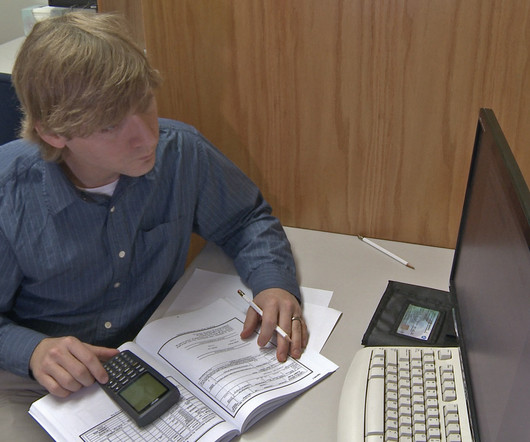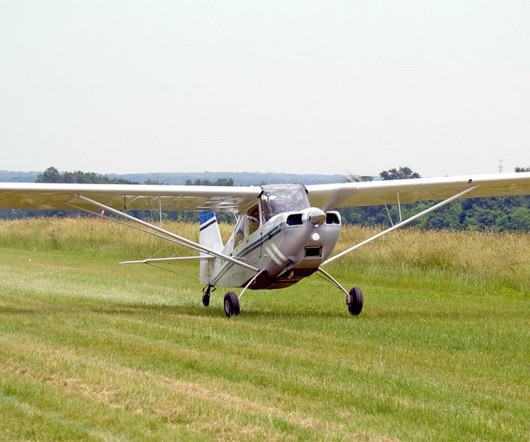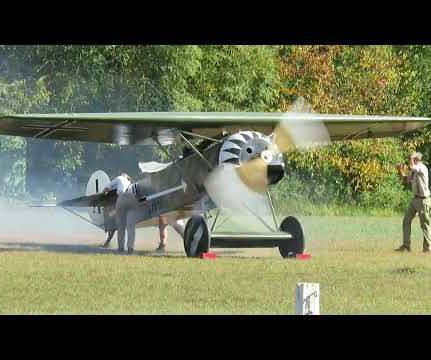Wingtip Vortices and Wake Turbulence
Pilot Institute
MARCH 28, 2025
Vortex size is also affected by proximity to the ground. If youre flying low enough to be in ground effect, the vortex isnt able to fully develop. If the aircrafts wingspan is long enough, its ailerons will extend beyond the vortex diameter, and counter control would still be possible. Mass and inertia also matter.













Let's personalize your content